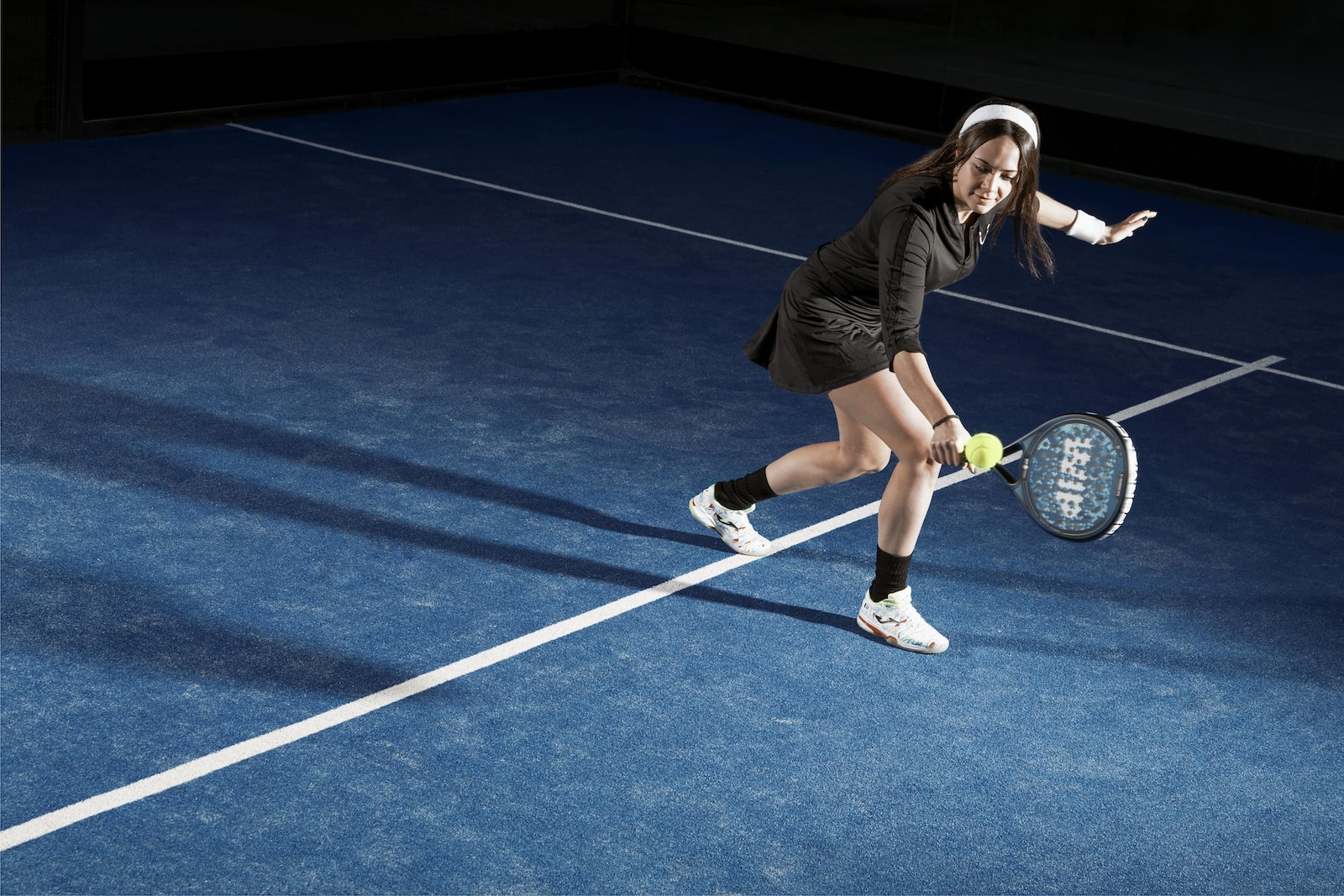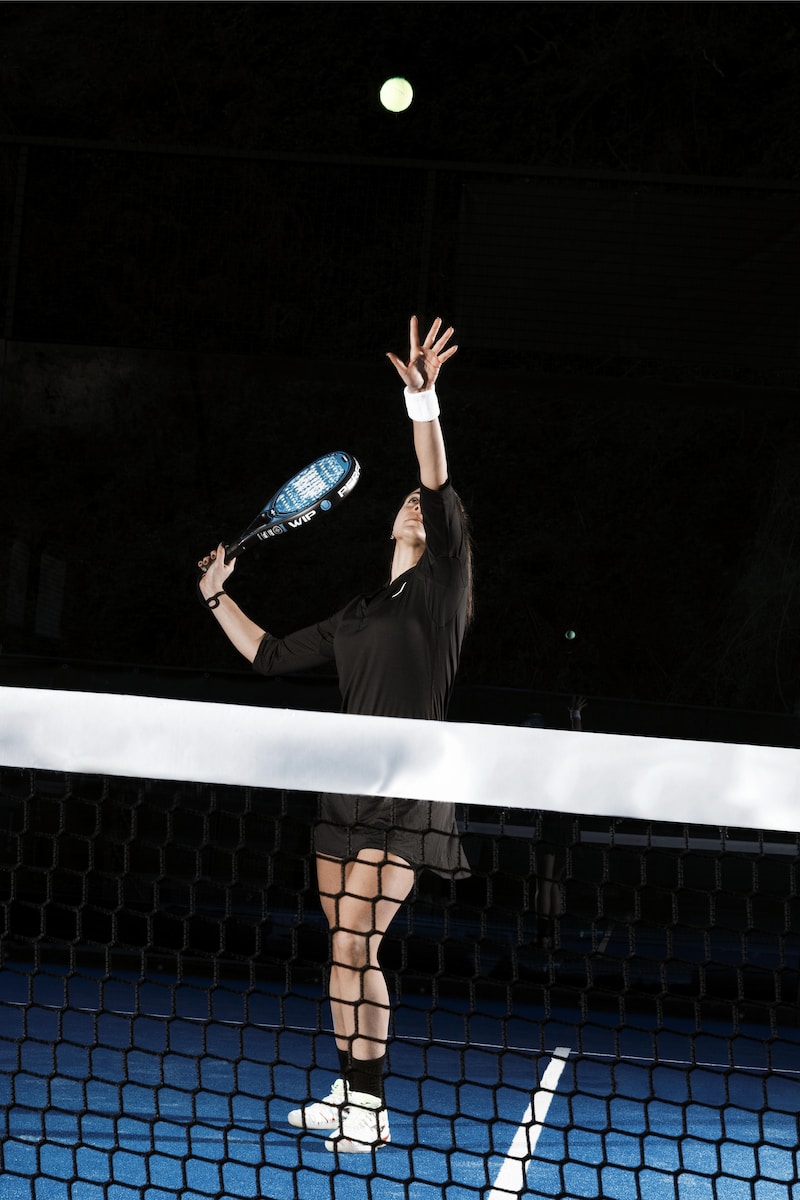The History of Padel: How It All Began
Padel is a racquet sport that has gained popularity worldwide in recent years. It is played on a smaller court than tennis, with walls surrounding the playing area. The sport originated in Mexico in the 1960s and has since spread to other countries, including Spain, where it is particularly popular.
The game was invented by Enrique Corcuera, a Mexican businessman who wanted to create a new sport that could be played on his property. He combined elements of tennis and squash to create padel, which quickly became popular in Mexico.
In the 1970s, padel made its way to Spain, where it was embraced by the public. The Spanish government even built padel courts in public parks to encourage people to play the sport. Today, Spain has over 10,000 padel courts, and the sport is played by millions of people.
Padel has also gained popularity in other countries, including Argentina, Brazil, and Italy. In Argentina, the sport is particularly popular, with over 10,000 padel courts in the country. It is also played in other parts of the world, including the United States, where it is still relatively unknown.
One of the reasons for padel’s popularity is that it is a relatively easy sport to learn. The smaller court size and the walls surrounding the playing area make it easier to keep the ball in play, even for beginners. It is also a social sport, with many people playing doubles matches and enjoying the social aspect of the game.
Another reason for padel’s popularity is that it is a low-impact sport that is easy on the joints. Unlike tennis, which can be hard on the knees and ankles, padel is played on a softer surface and with a lighter ball, making it a good choice for people of all ages and fitness levels.
Padel has come a long way since its humble beginnings in Mexico in the 1960s. Today, it is a popular sport played by millions of people around the world. Whether you are a seasoned player or a beginner, padel is a fun and exciting sport that is sure to provide hours of entertainment.










